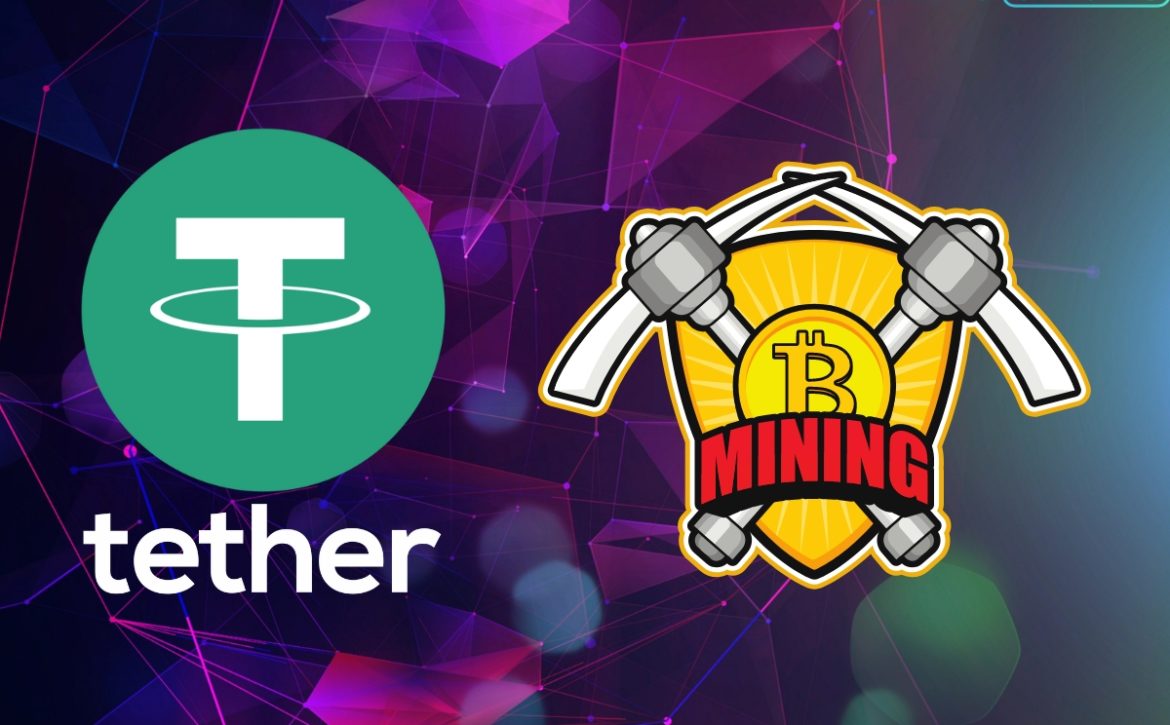Stablecoin USDT from Tether maintains leadership and grows in volume despite criticism and regulatory attention. Crypto Upvotes expert review
Tether is preparing to release its Q1 earnings report. USDT’s market capitalization reached $85 billion and recovered to its all-time high before the collapse of the Terra ecosystem in May 2022.
Since the beginning of the year, the company has issued $15 billion in new USDT. And stablecoin’s market share has grown another 15%. This growth was partly due to the fact that its closest competitors, Circle’s USD Coin (USDC) and Paxos’ BUSD, were struggling. The former suffered after the collapse of Sillicon Valley Bank. The second was banned by U.S. regulators. The outflow of funds from both stablecoins was in the billions of dollars. And investors probably switched from them to USDT. Which proved to be a more “stable” asset in the period of turbulence in the markets.
According to Blockworks Research, Tether has a 63% market share. Which is the highest in the last two years.
Last week, the company issued another 1 billion USDT, though they have yet to go into circulation. According to Tether’s CTO Paolo Ardoino, this batch of USDT will be used for further USDT issuance requests and inter-network conversions. Tether has a long history of issuing USDT before funds are actually received into accounts. Stablecoin is issued in large volumes at once. And the inclusion of coins in circulation is done as requests are received from users or exchanges.
USDT is issued on 13 blockchains, including Solana, Algorand, BNB Chain or Polygon in addition to Ethereum. There are 35 billion tokens issued on Ethereum. But the largest amount of Stablecoin is on the Tron network – 45 billion USDT. It is USDT in TRC20 standard token format that has become the most popular “stablecoin” due to lower commissions and transaction processing speeds compared to other networks.
Geographical advantage of USDT
Tether is registered in the British Virgin Islands, while the issuers of the other “stablecoins” from the first three are registered in the United States. The approach to regulating stablecoins is particularly acute on the agenda of U.S. lawmakers.
Last week, USDT was discussed at a House Financial Services Committee hearing in Congress. Where the main topic was the lack of federal regulations for stablecoin issuers in the US. Representatives from the local crypto business also took part in the hearing. And including, chief issuer strategist behind USDC Circle Dante Diparte. As well as Austin Campbell, former chief risk officer at Paxos, which previously issued BUSD.
Explaining the dominant position of USDT, the invited experts referred to the “advantage of the first project as a stablecoin” Tether. But they also cited the fact that the issuer is registered outside the U.S. among the main advantages.
Speaking to Bloomberg reporters, Henry Elder, head of the American fund Wave Digital Assets, told DeFi. About the fact that among large investors there is a mass shift from USDC to other, less U.S.-oriented stablecoins. And this will continue as long as the United States remains “irrationally hostile” to cryptocurrencies in general and to Stablecoins in particular.
New players in the market of stablecoins are expected
Kai Sheffield, head of cryptocurrency at Visa, said that the company “has an ambitious roadmap for cryptocurrency products”. In doing so, he published a link to a job page for developers. According to him, the introduction of payments in Stablecoin is what the finance company intends to focus on.
Despite the obvious dominance of USDT, the landscape of the “stablecoin” market is changing. The Binance exchange has refocused on the little-known TrueUSD (TUSD) token after it banned BUSD issuance until this year. The leading platform canceled all zero trading fees. But made an exception for Stablecoin TUSD. The token now represents the largest asset by trading volume on centralized exchanges, paired with Bitcoin.
Analysts suggest that TUSD, which has a 9% share of total trading volume on centralized crypto exchanges. In the coming months, it could take the second place in this indicator after Tether.





